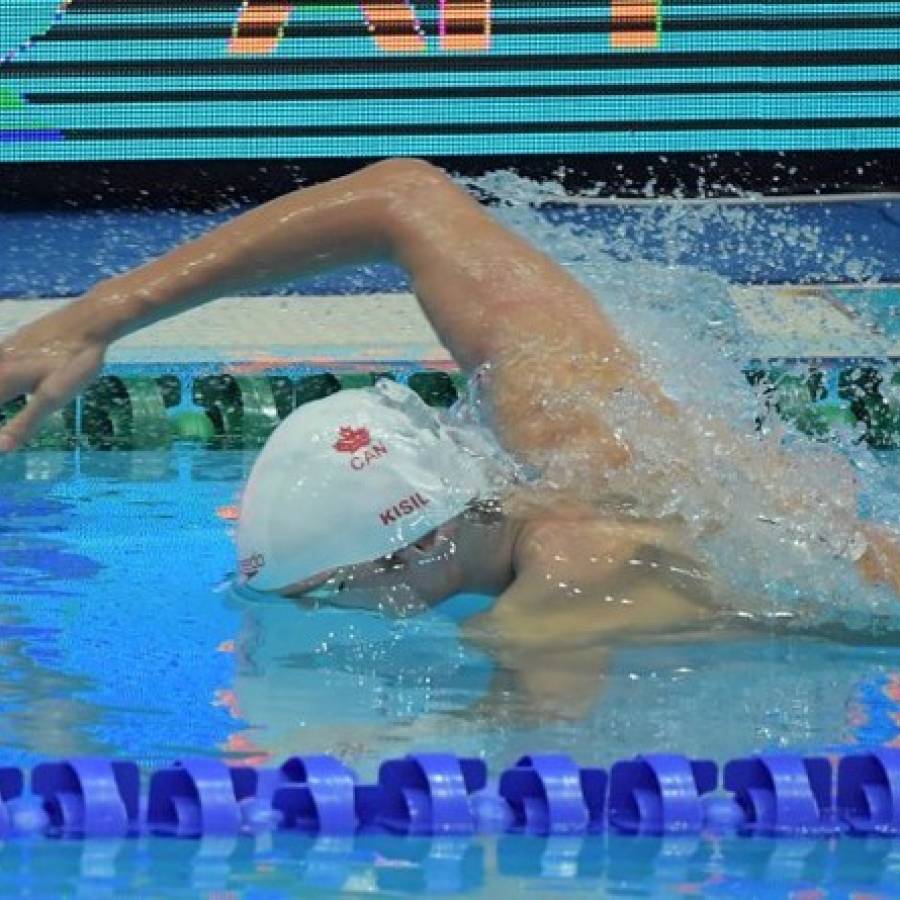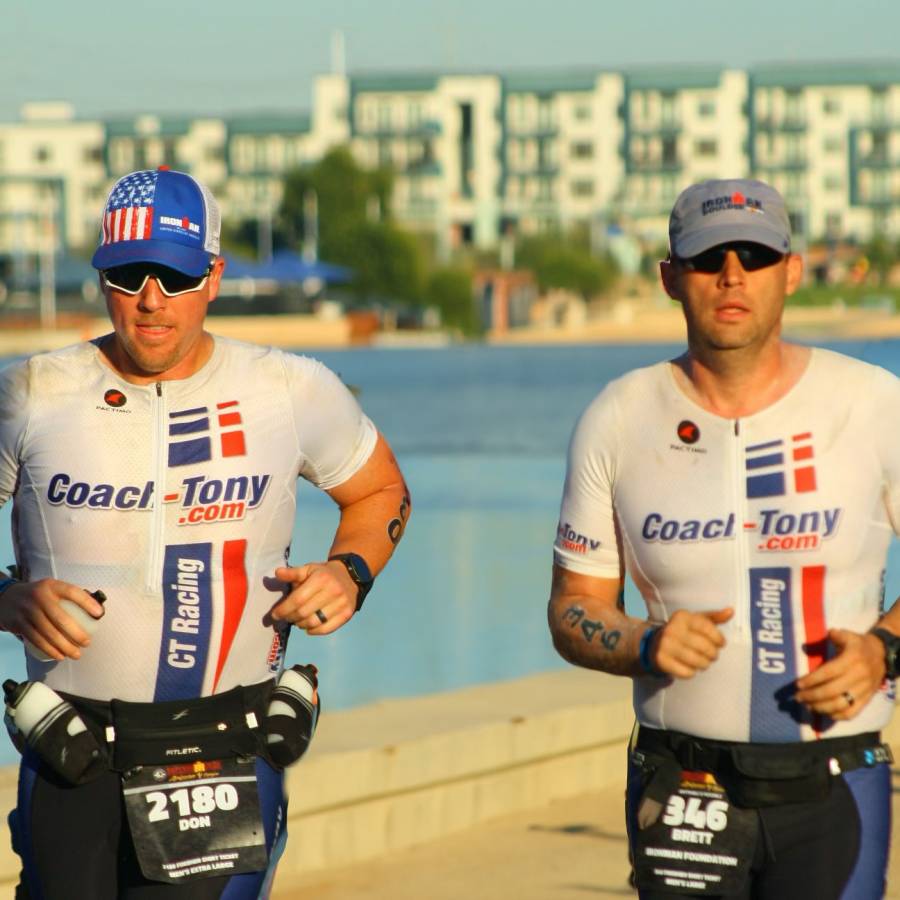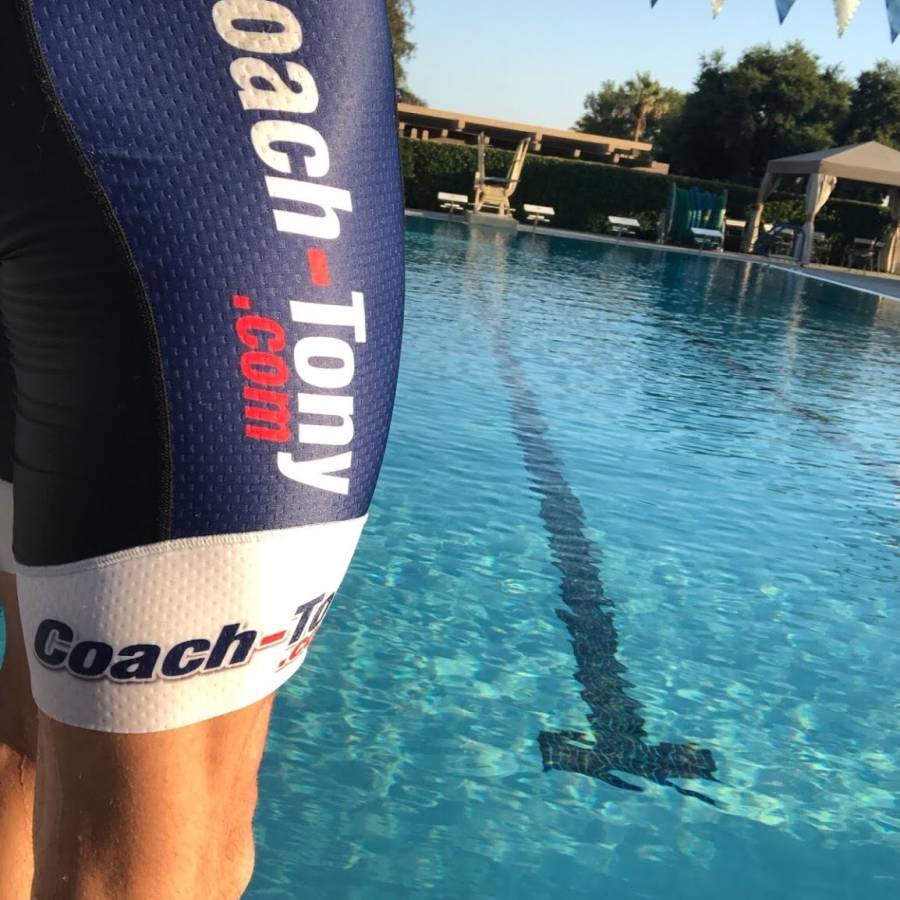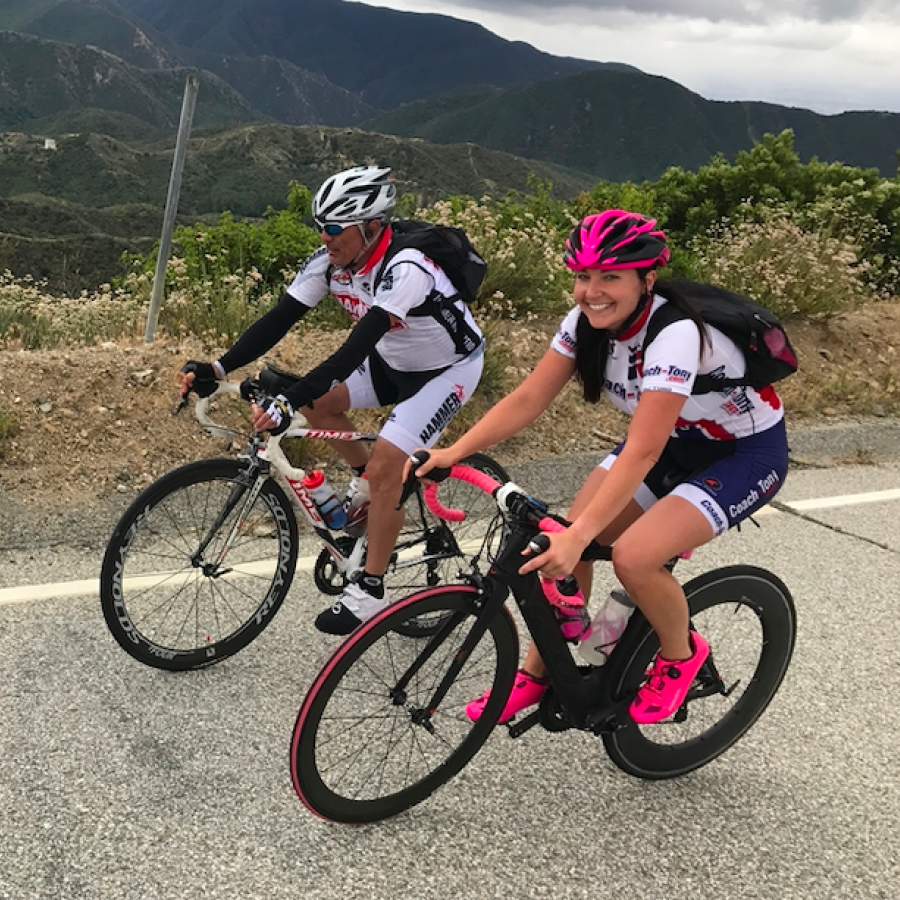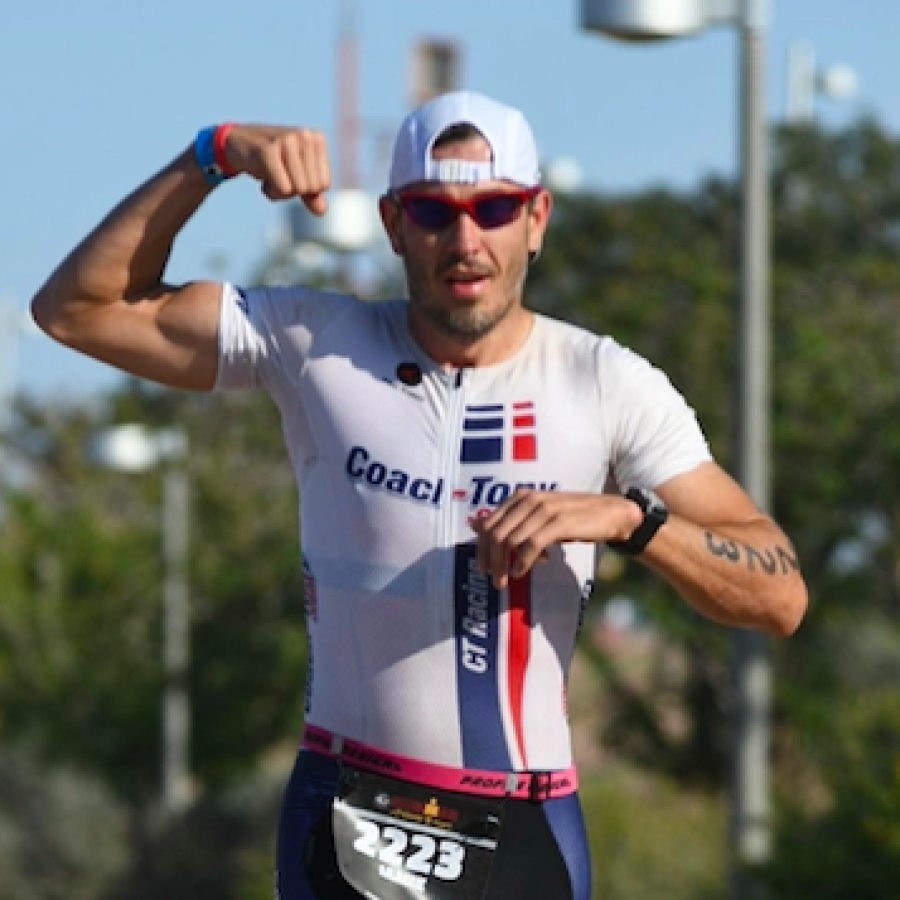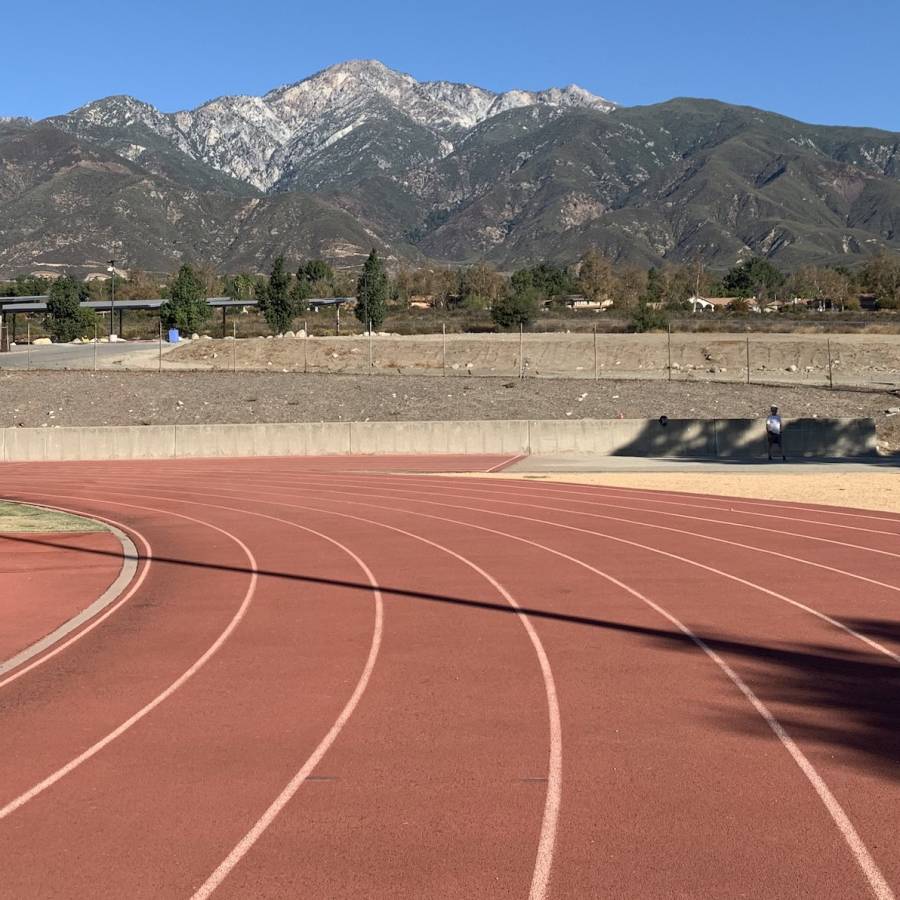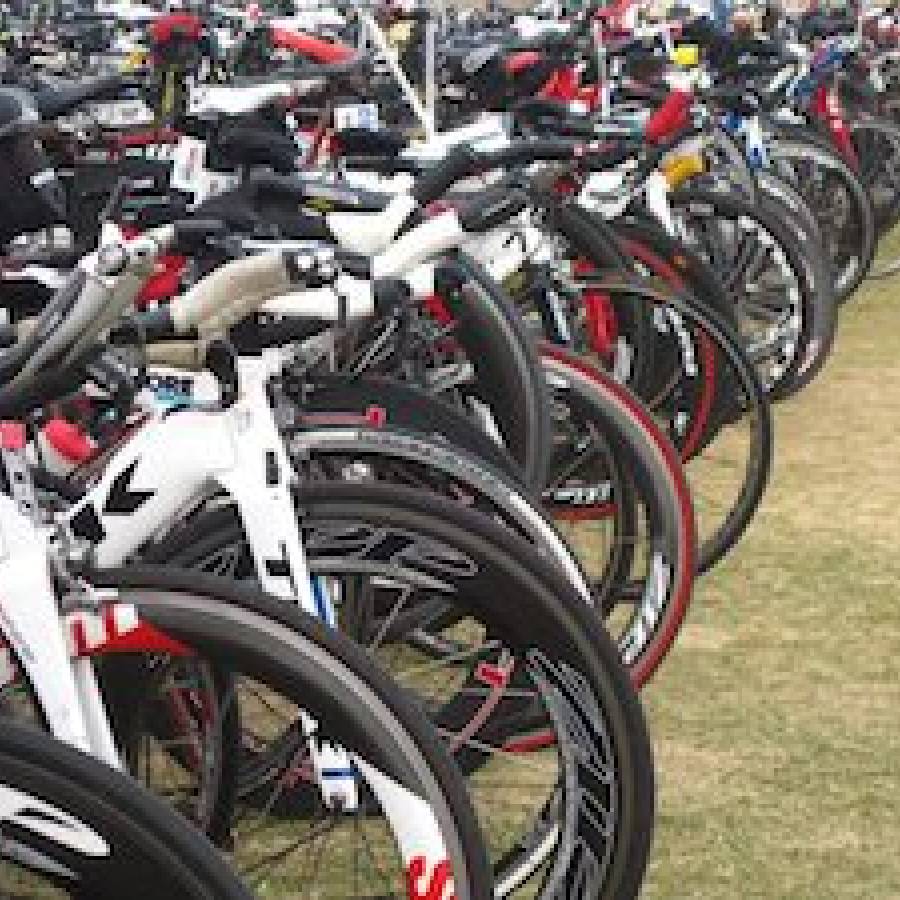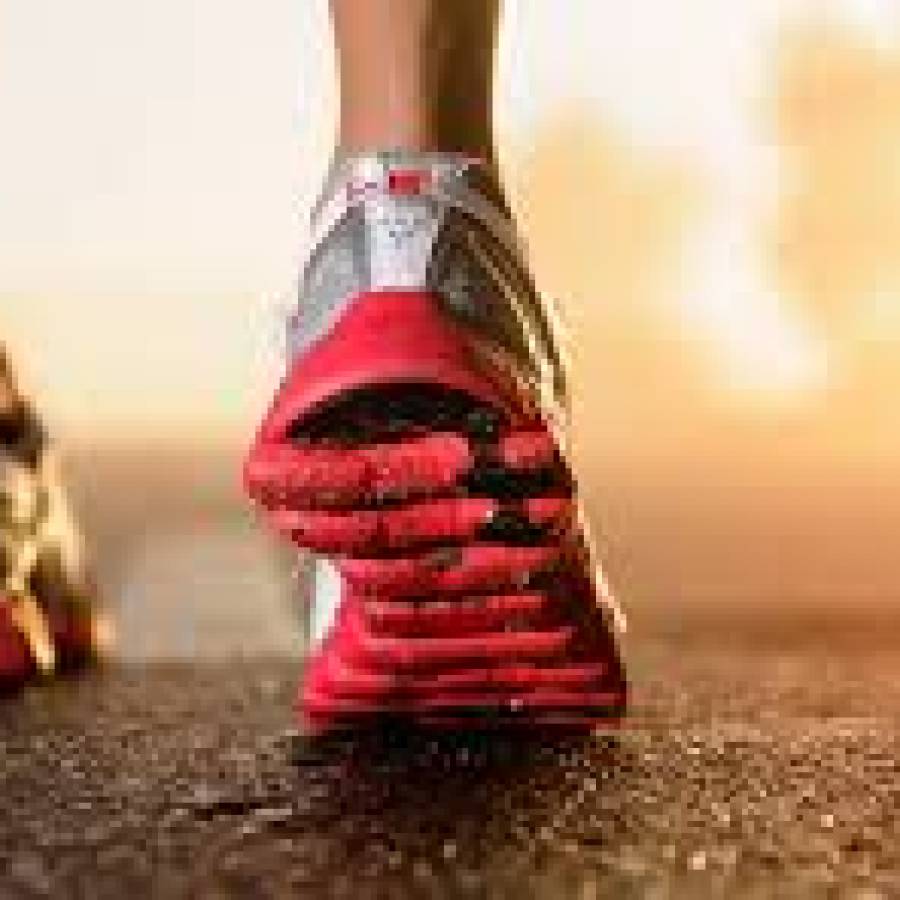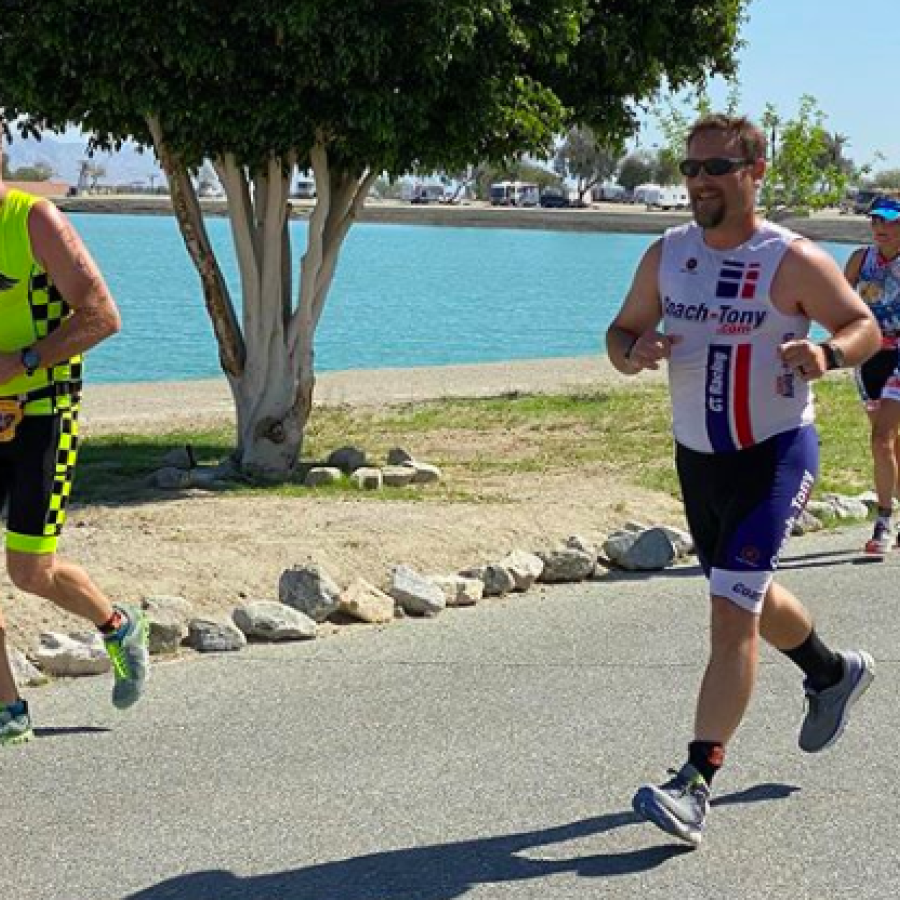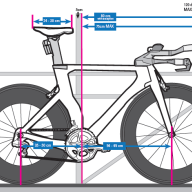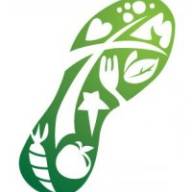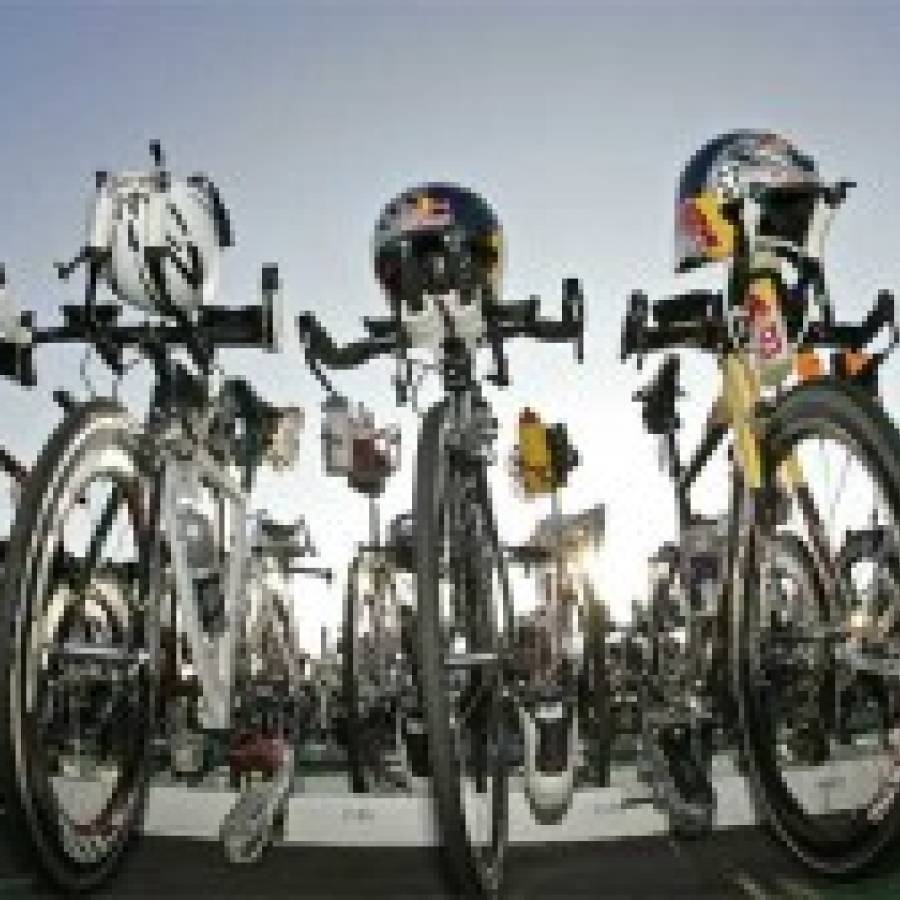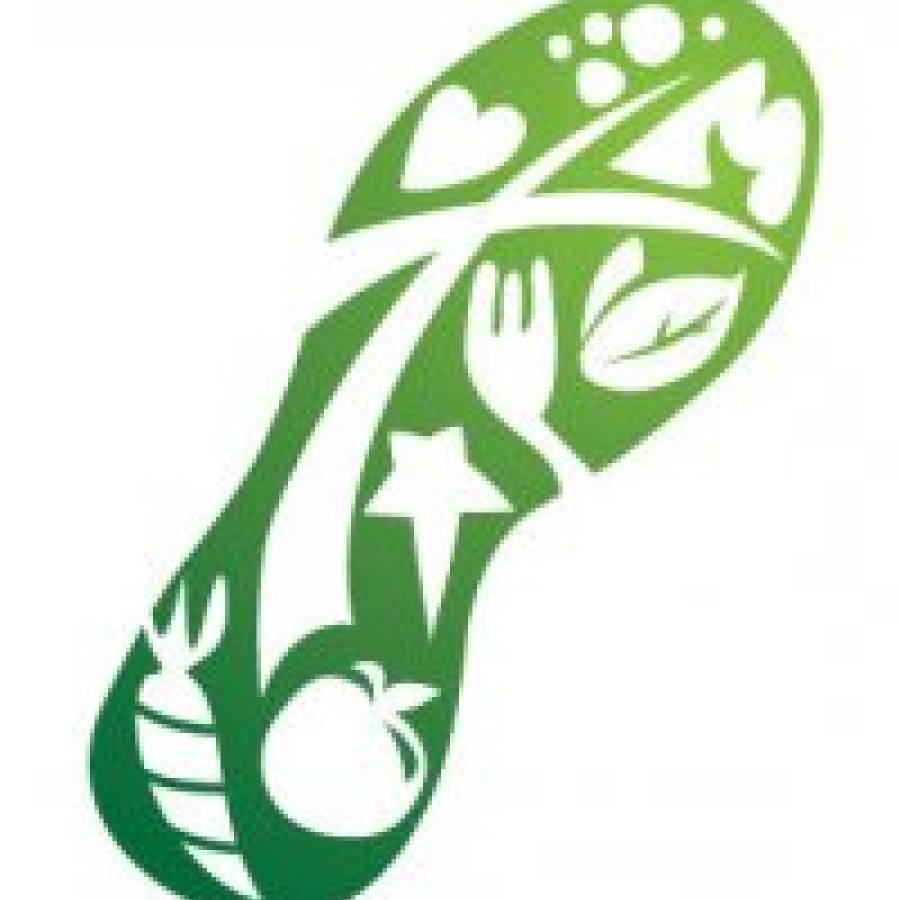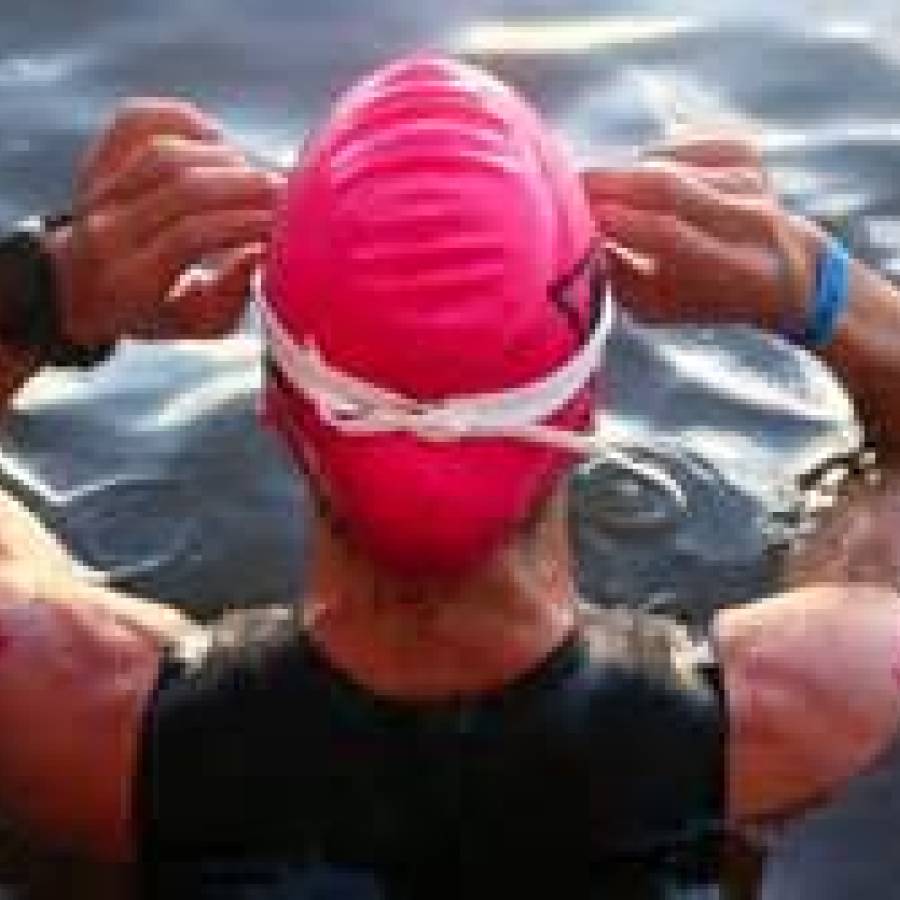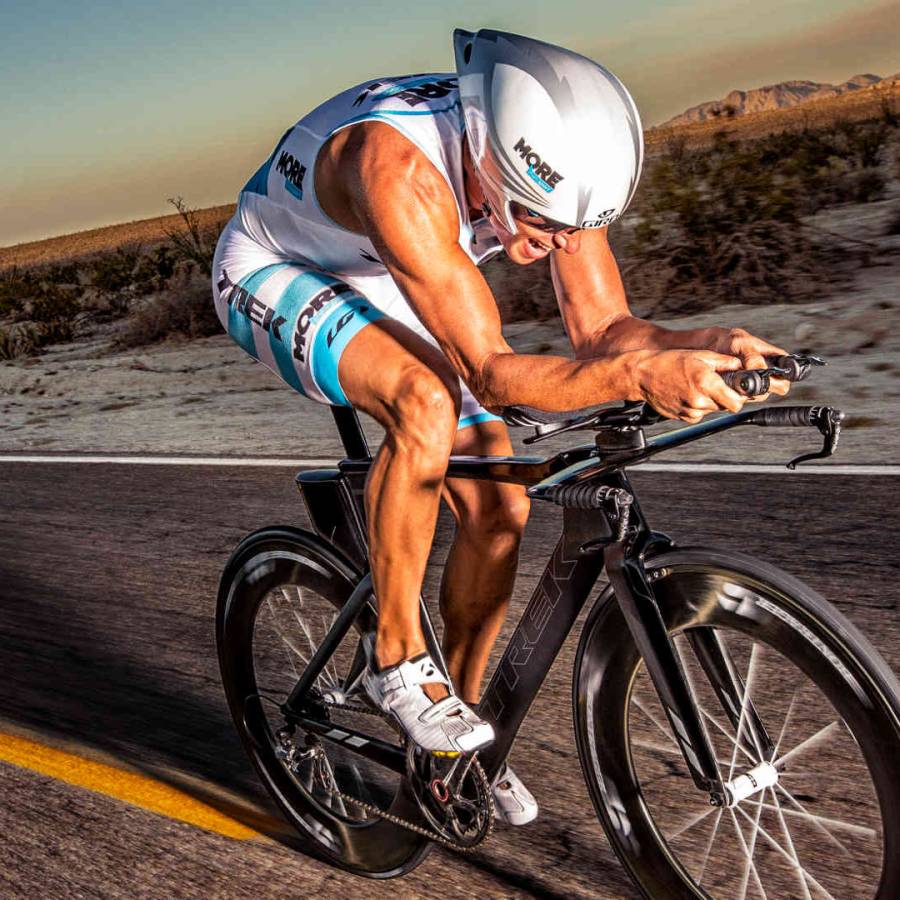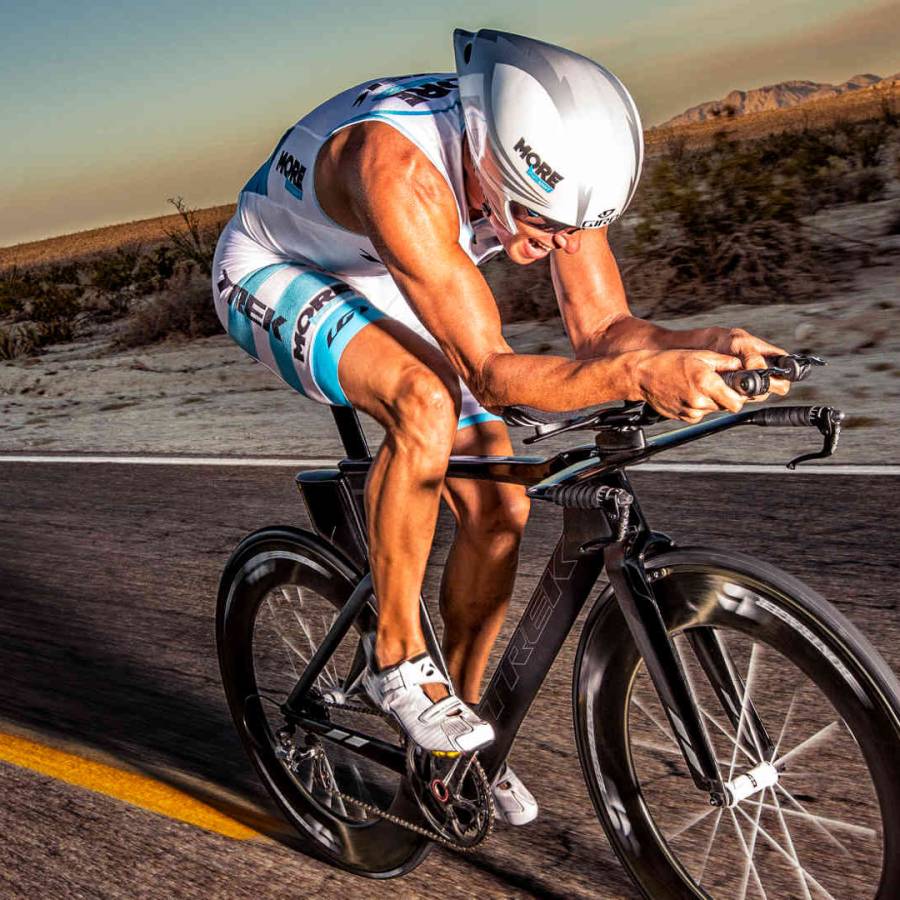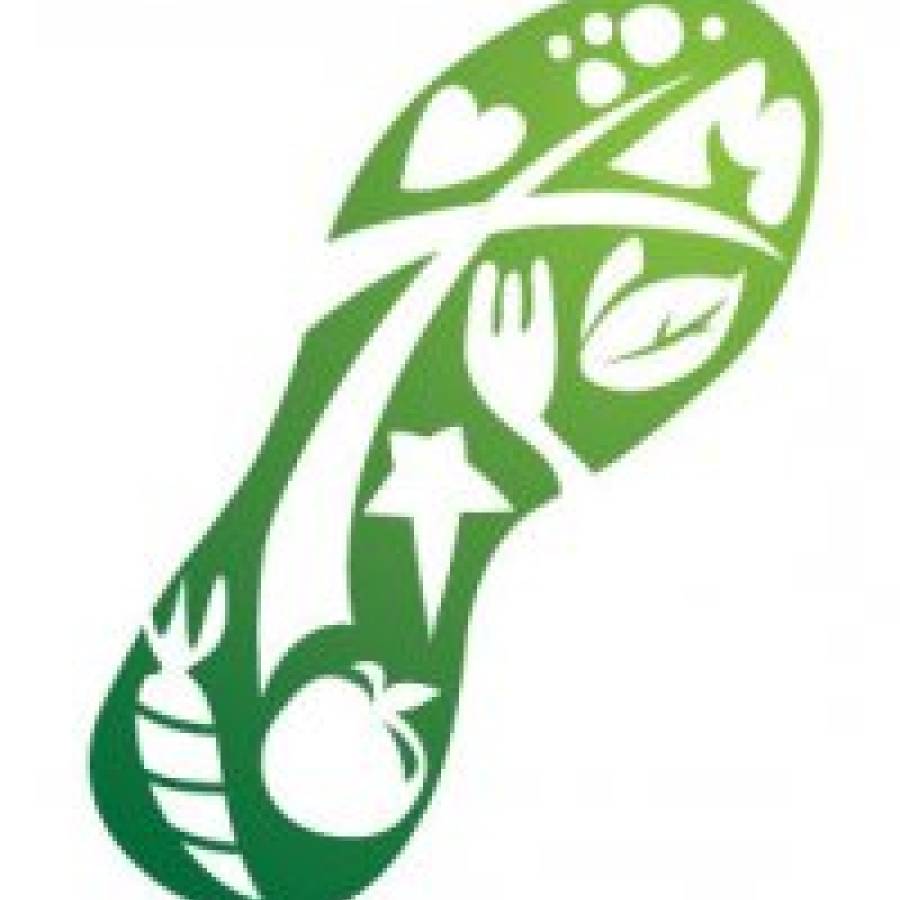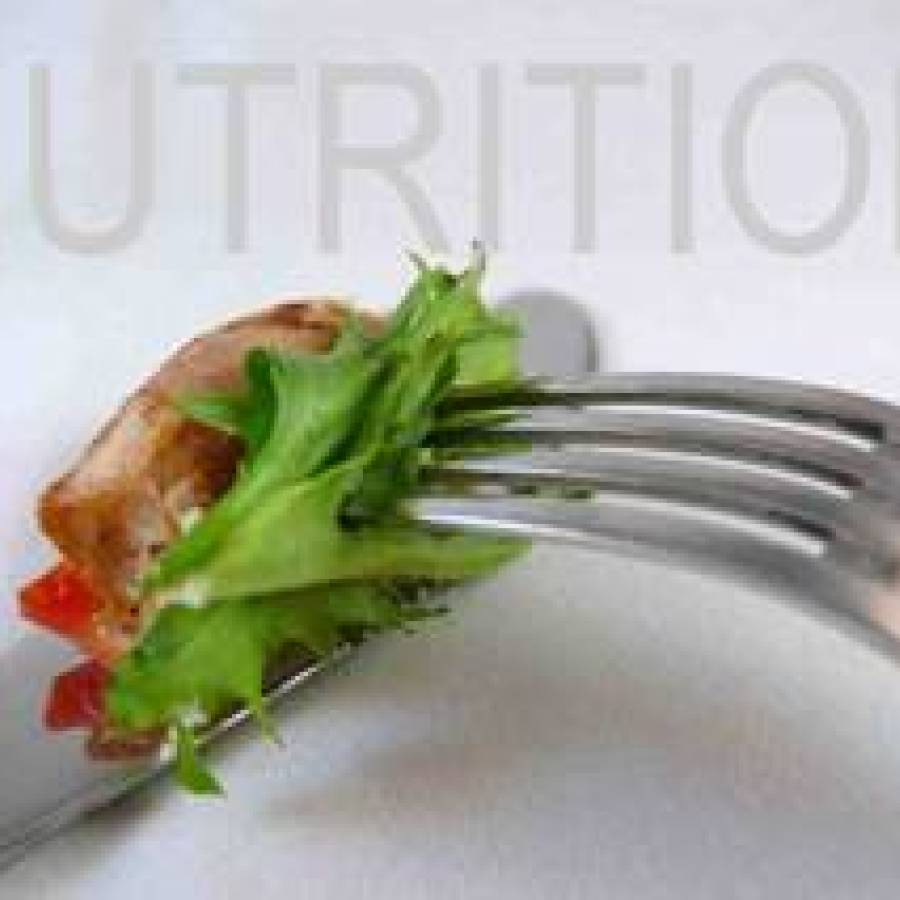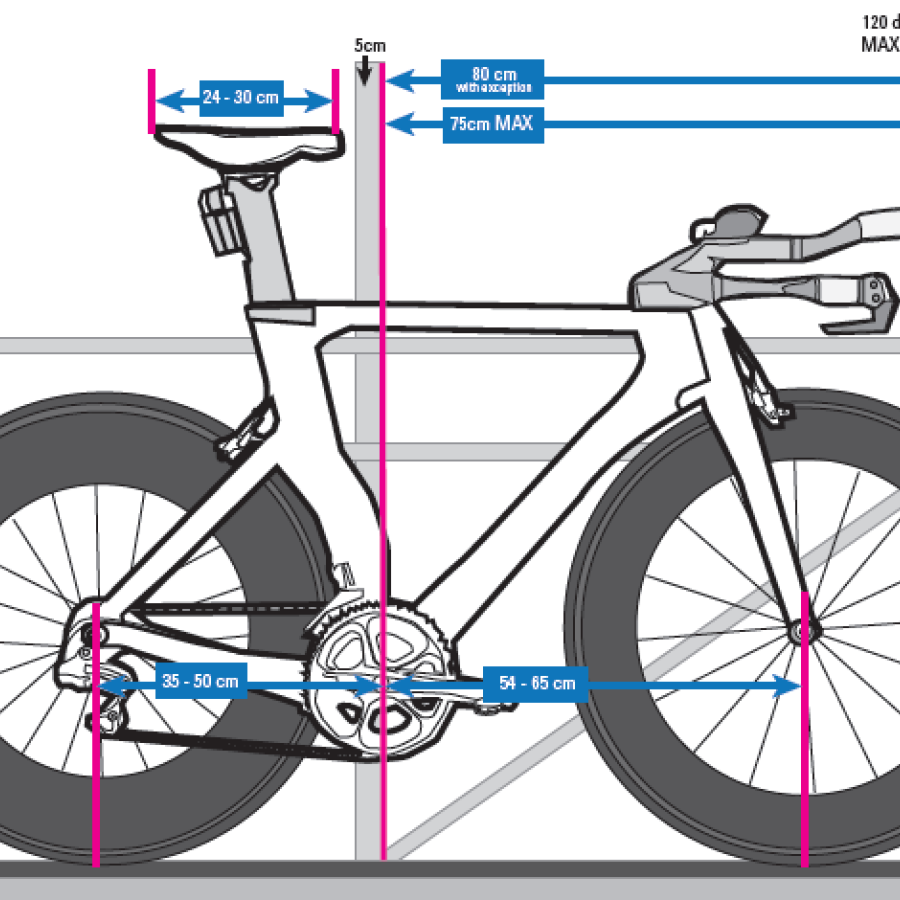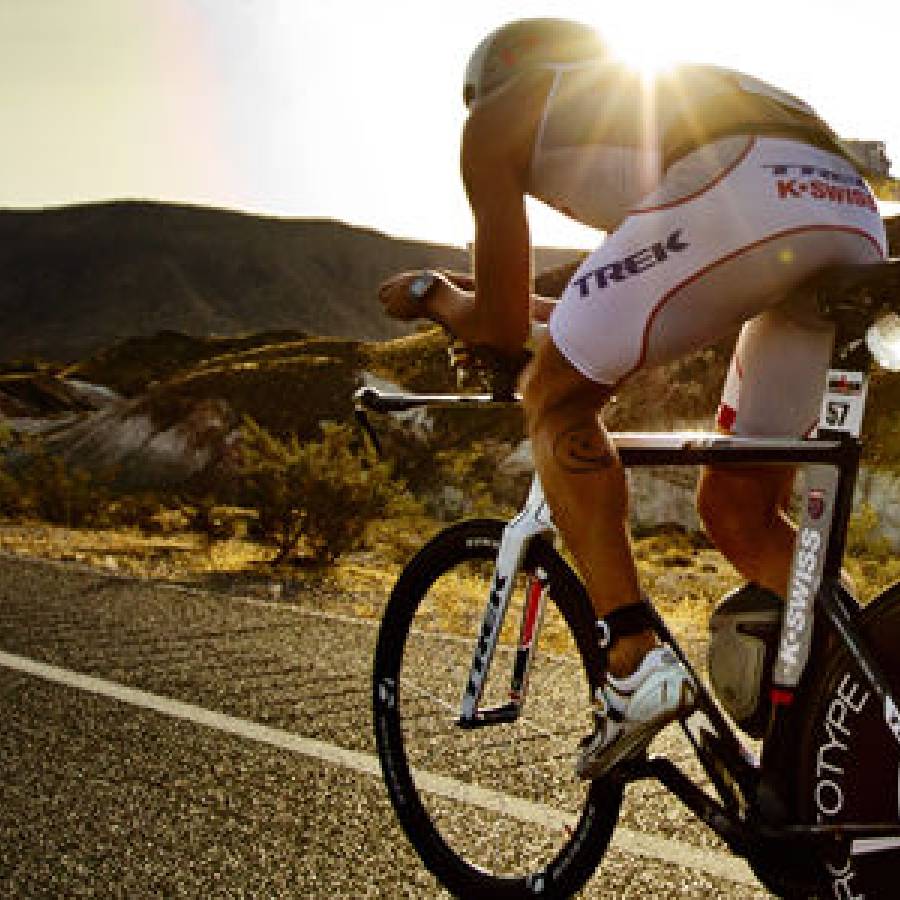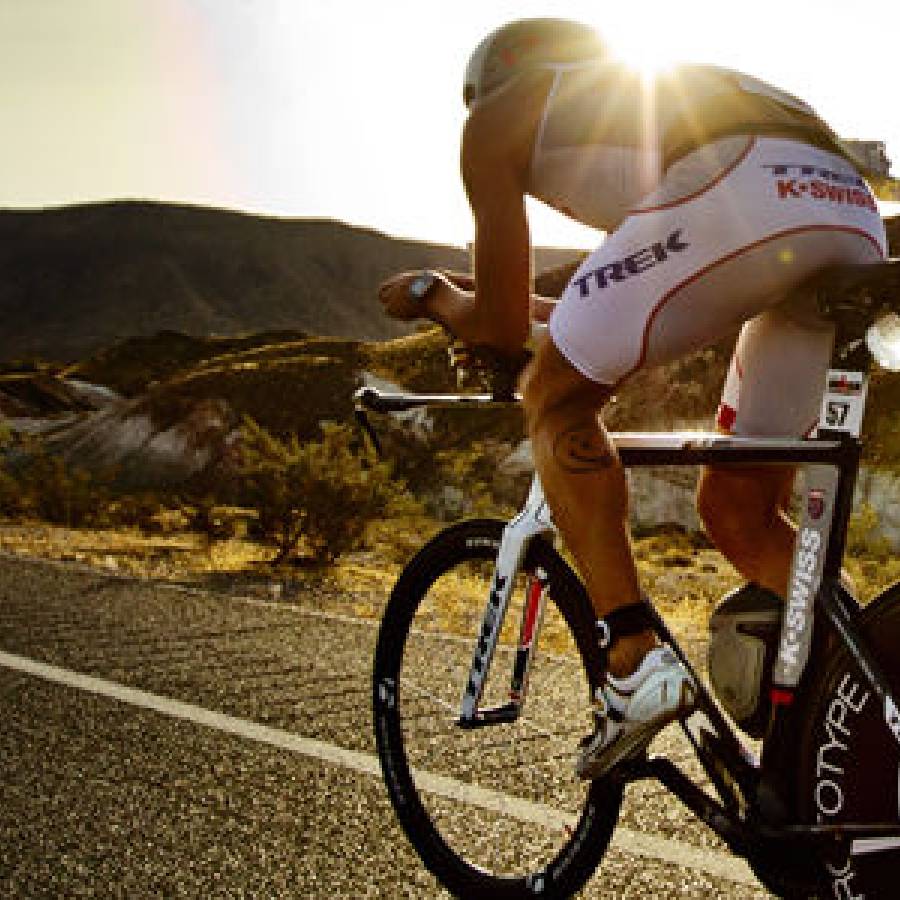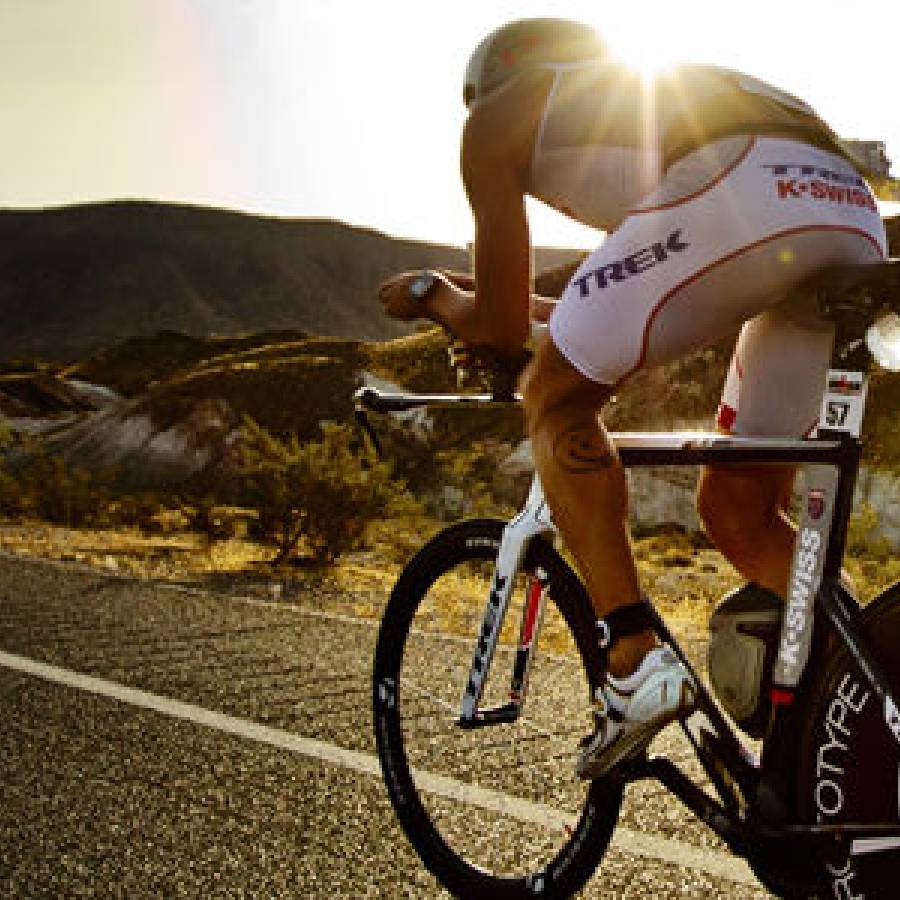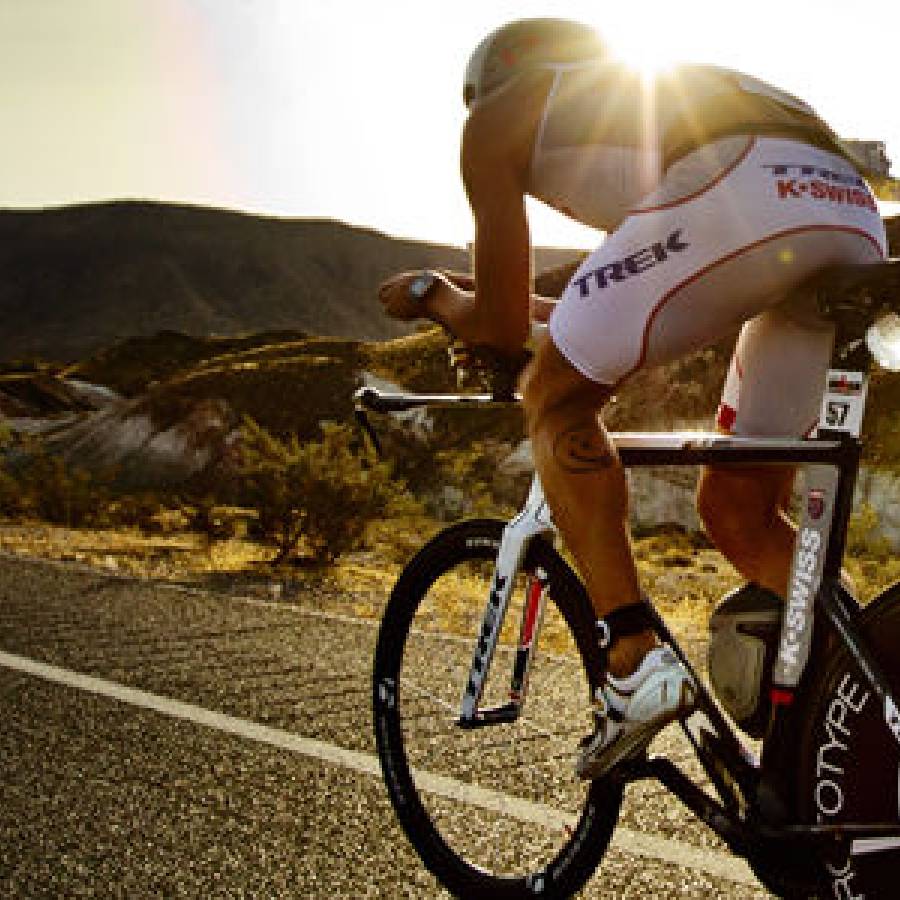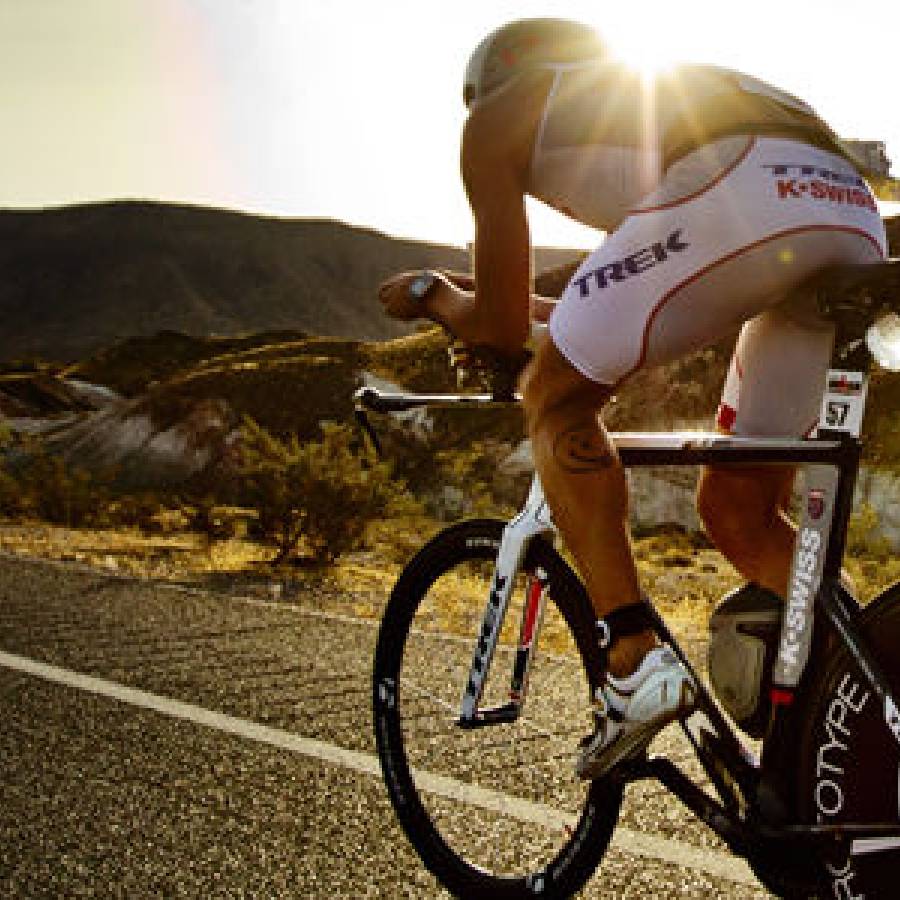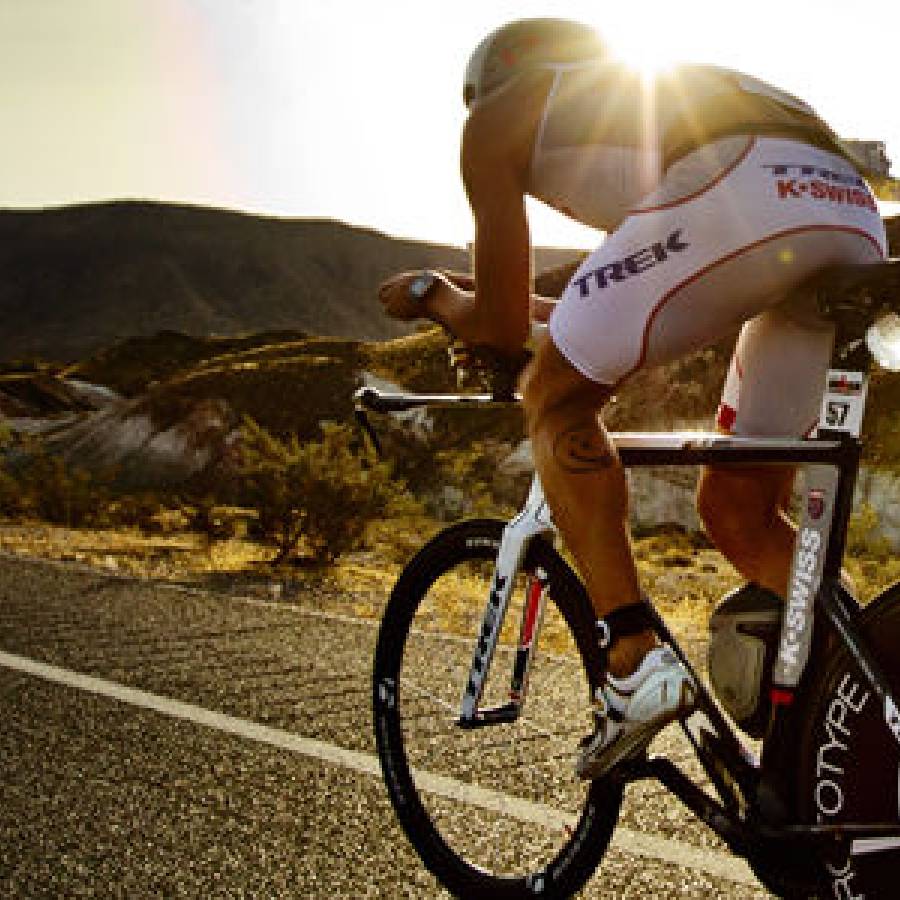As athletes, we hear the term hydrate. What you hydrate with is as important as the hydration process. Hydrating with water is not hydrating. Excess water causes hyponatremia because the absorption of water into the bloodstream can dilute the sodium in the blood. This cause of hyponatremia is rare amongst non athletes but is a concern for endurance athletes who need to ensure proper levels of sodium. It is also found in people who compulsively drink more water than necessary per day. Excessive drinking of beer, which is mainly water and low in sodium, can also produce hyponatremia when combined with a poor diet.
Endurance sports, under certain conditions, leads to hyponatremia. Runs of 25-50 miles can result in the loss of great quantities (8 to 10 liters) of sweat, which contains both sodium and water. Studies show that about 30% of marathon runners experience mild hyponatremia during races. Runners who consume only pure water during a race can develop severe hyponatremia because the drinking water dilutes the sodium in the bloodstream. Such runners may experience neurological disorders as a result of the severe hyponatremia and require emergency treatment.
Symptoms of moderate hyponatremia include tiredness, disorientation, headache, muscle cramps, and nausea. Severe hyponatremia can lead to seizures and coma. These neurological symptoms are thought to result from the movement of water into brain cells, causing them to swell and disrupt their functioning.
Moderate hyponatremia due to use of diuretics or an abnormal increase in vasopressin is often treated by instructions to drink less water each day. Hyponatremia due to adrenal gland insufficiency is treated with hormone injections.
Prevention (for athletes)
- Understand your sweat rate. (see www.coach-tony.com – articles)
- Hydrate with sodium rich liquids before, during and after an event.
- Remain hydrated throughout your event. Everyone’s stomach is different so adapt the quantity of sodium to your metabolism and sweat rate.
- Know how much to drink (see below)
1 pint = 1 water bottle = Generally, the average a person can absorb in 1 hour. 2 pints = 1 quart (almost a liter, .946) = Generally the most an average person can absorb in 1hour but only under extreme heat and humid circumstances. Loosing 1 pound of weight means 1-pint loss. One liter (or 1 quart) is about 2 pounds. So when you read liter think 2 water bottles.
On average, athletes loose 1 liter (the equivalent of2 water bottles) of fluid per hour of exercise. Extreme heat and humidity will raise this amount. Your stomach cannot digest liquid at the same rate. A trained athlete can survive the first 90 minutes of exercise on stored glycogen. As your muscles burn glycogen, water is released as a metabolic by-product and excreted as sweat. As you acclimate yourself to training, environment, terrain, distance…etc and become a better athlete, your body’s ability to whether the training or event increases. You adapt. The goal of hydration is not to replace fluid pint-for-pint but to help maintain the mineral balance, glycogen and sodium stores and your body needs.
Race Day Hydration Short story: 20-25 ounces of hydration fluid per hour or 4.5-7 oz every 15 minutes. Your goal should be to replace 1.5 – 2 water bottles of fluid per hour. Temperature and humidity will play the biggest factor on weather or not to increase these amounts. Train hard but train smart because it far better to train than to recover from injury.
-Coach Tony
www.coach-tony.com



